Emissions – What generates bad emissions.
Emissions, Resident times how do I comply with the DIRECTIVE 2010/75/EU?
Incineration systems need to be designed in such a way that the gas is raised after the last injection of combustion air in a controlled manner, even under the most unfavourable conditions to a minimum temperature of 850°C with a two second retention time. Further information can be found on article 50 part 2.
If the waste stream (normally hazardous waste) has a content more than 1% of halogenated organic substances which is commonly known as chlorine the secondary chamber will require a two second retention time of 1100°C
To ensure a controlled environment within the incineration process the Addfield incinerators have a fully automatic PLC control system which ensures waste treatment will not begin till the secondary chamber is at a safe controllable temperature before the Low NOx burners start injecting fuel to the waste charge zones (primary/main chambers) this will ensure all waste streams are controlled and exiting emission values are within limit.
Low NOx burners will control the fuel mixing with the combustion air, whilst recognising the fuel rich region locally in the process firing fuels by air staging resulting the NOx formation being reduced. The split flame burner is of off-stoichiometric point
Recent Independent emission results have proved Addfields machines to be compliant to this directive.
What are dioxins and furans?
Dioxins and furans are short names for a family of toxic substances that all share a similar chemical structure. The majority of dioxins and furans are not man-made or produced intentionally, but are created when other chemicals or products are made. Of all of the dioxins and furans, one, 2,3,7,8-tetrachloro-p-dibenzo-dioxin (2,3,7,8 TCDD) is considered the most toxic.
The health effects of exposure to dioxins and furans? Dioxins and furans can cause a number of health effects. The most well-known member of the dioxins/furans family is 2,3,7,8 TCDD. Environmental Protection Agency (EPA) has said that it is likely to be a cancer causing substance to humans at high exposures. In addition, people exposed to dioxins and furans have experienced changes in hormone levels. High doses of dioxin have caused a skin diseased called chloracne. Animal studies show that animals exposed to dioxins and furans experienced changes in their hormone systems, changes in the development of the fetus, decreased ability to reproduce and suppressed immune system.
By ensuring the control of emissions through an Addfield incinerator will ensure emission values and NOx levels are below the WID guidelines.
Do I need a scrubber for my incineration unit?
When emission limits cannot be controlled via the secondary chamber a scrubbers system will need to be installed this will ensure extra treatment of the particulates leaving the stack
When high levels of chlorine (Cl) are present or Hydrochloric acid (HCl) a lime injection hopper will be needed. The lime will be injected into the flow stream once the gases have been cooled down to 400°C this will allow a controlled process of removing the acidic compounds from the gas stream.
Speak the thermal treatment experts about your requirements; we will have a solution for your project.
- British Designed.
British Built. - World leaders in
incineration technology. - Unrivalled build quality
& machine longevity. - Distributed to more
than 150 countries. - Environmentally
Responsible. - Trusted partner, over
40 years experience.



